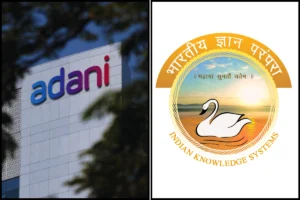
A proposed amendment to the forest conservation law will boost the country’s oil and gas exploration activity.
The proposed change will give explorers quick access to thousands of square kilometers of forest areas for seismic surveys by eliminating the need for cumbersome permits, the report added.
The Forest (Conservation) Amendment Bill, which the government introduced in the Lok Sabha in March, aims to exempt specific categories of land from the purview of the current law and expand the range of activities that may be undertaken on forest land.
The legislation also focuses on ending the practice of considering seismic surveys as non-forest activities.
“This will help translate the prognosticated hydrocarbon resources to producible volumes by undertaking systematic scientific surveys in defined forest areas quickly,” said Rajesh Kumar Srivastava, advisor to the Directorate General of Hydrocarbons (DGH), the technical branch of the petroleum ministry that oversees the upstream sector.
A seismic survey is the first significant step for explorers to gather proof of producible hydrocarbon resources underground. Drilling wells is the next step, which enables explorers to ascertain whether the resources are real and in enough volumes that can be used for commercial purposes.
Seismic surveys are conducted over large areas and data gathered from these are analyzed to carve out smaller portions where wells can be drilled. Drilling will continue to require permits from the forest department.
The government can speed up the granting of exploration permits for oil and gas resources by easing seismic surveys in forest lands. In the so-called Category-II basins like Saurashtra, Kutch, Vindhyan, and Mahanadi, there are about 0.1 million square kilometers of forests or restricted areas, said Srivastava.
He added that with the proposed amendment’s promulgation, around 230 million metric tonnes of oil equivalent (MMToe) of hydrocarbon resources can be targeted.
Basins in Category II are those that are expected to have hydrocarbon resources but haven’t seen any commercial exploitation yet. The basins in category-III have not yet been discovered.
The category-III basins, which can be opened for exploration, contain about 0.18 million sq km of restricted areas with a potential hydrocarbon resource potential of about 200 meters.
In recent years, the government has implemented a number of reforms to broaden the scope of exploration in India. In a nation where oil production has been declining and import dependence has been rising for years, increased exploration can increase the likelihood of major discoveries and increase output.
Meanwhile, over 98 percent of the areas that were previously off-limits for exploration, primarily for security reasons, have now been opened.
With Input Feeds
To read more such news, download Bharat Express news apps



















